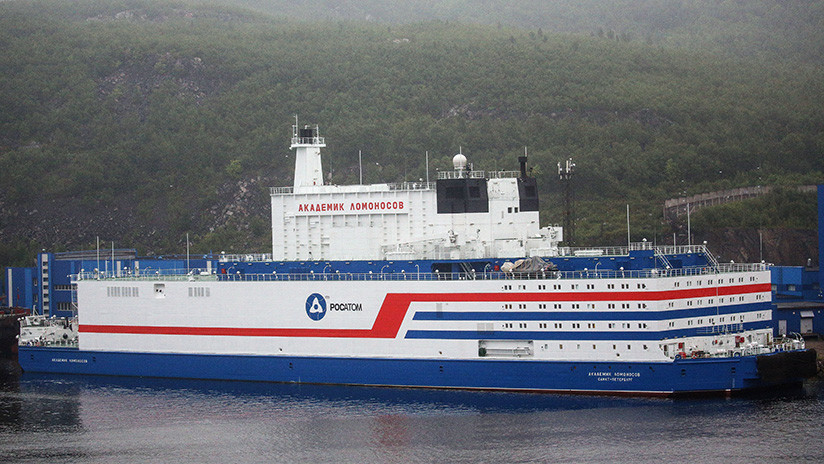It is planned to conduct between 20 and 30 experiments per year with this powerful scientific research nuclear reactor.
–
Russian President Vladimir Putin this week ordered the commissioning of rated capacity of the Gatchina neutron reactor (Saint Petersburg region), which is one of the most powerful nuclear research reactors in the world.
With a projected capacity of 100 megawatts, the PIK reactor outperforms its analogues in Grenoble (France) and Munich (Germany) and is unrivaled in the flux density of neutrons, which is two megawatts per liter.
Mikhail Kovalchuk, President of the Kurchátov Institute, Russia’s leading research and development institution in the field of nuclear energy, he claimed during a video conference with Putin that the PIK is “the most powerfulneutron source in the world”.
Located in the BP Konstantinov Institute of Nuclear Physics, the reactor will be a decisive contribution to research in the field of atomic and subatomic and it will open up new opportunities for materials science, as well as biology, biophysics, and the physics of condensed matter.
 –
–
–
–
–
Reactor capacity will gradually increase up to 10 megawatts in the next few months and up to 100 megawatts in 2022.
From then on, access to the reactor will be shared between various scientific groups, including some international ones. It is planned to carry out between 20 and 30 experiments per year, lasting between 1 and 10 days each.
“The annual cost of the PIK operation is close to 1,000 million rubles ($ 13.5 million)”, he claimed Vladimir Voronin, deputy director of the Institute, specifying that it is impossible for such a project to reach economic self-sufficiency.
The new reactor makes a project that is 45 years old viable. Initiated in the times of the USSR, in 1976, it was interrupted after the catastrophe of Chernobyl in 1986, when it was 70% advanced. Construction was resumed after the review of safety regulations, but was later suspended as a result of the disintegration of the USSR and subsequent financial crises. The works resumed in 2001.
–


